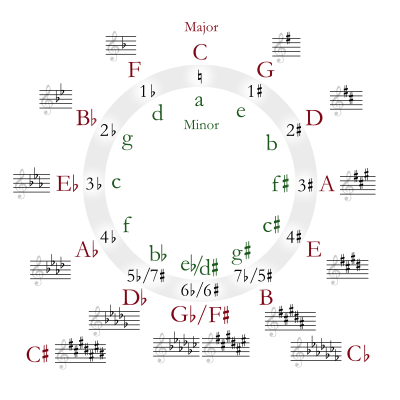Bumblebee
Scientific Name:
Bombini
Genus:
Bombus
Family:
Apidae
Fun Facts:
They are larger than honeybees, but they don’t produce as much honey!
They are great at pollination because their large bodies and fast wings, beating 130 times or more per second, helps vibrate flowers into releasing pollen. This is called “buzz pollination”. It helps plants produce more fruit.
There are over 255 species of bumble bees!
It has been said that bumblebees defy aerodynamics, and should not be able to fly. Closer study revealed that they flap their tiny wings back and forth rather than up and down, creating vortices (small spiral winds) that keep eddies of air above its wings to help it stay aloft.
The largest bumblebee is found in Argentina and Chile.
Bumble bees usually build their nests close to the ground, often under piles of wood, dead leaves, and compost piles, and sometimes even underground in abandoned rodent tunnels.
A group of bees is called a colony, and they live in social groups of 50 to 500. The dominant female becomes the queen, and rules the colony. During the late fall, the entire colony dies, except for the queen who hibernates underground over the winter and starts a new colony in the spring.
They can travel up to 54 km/hour!
The queen, waking from hibernation, finds food and then looks for a good location for a nest. Once a nest is found, she lays her eggs and stores up food. Bees hatch from eggs, which the solitary queen sits on for two weeks to keep them warm, shivering to generate heat, until they become larvae. Then the larvae spin cocoons and develop into adult bees. This is the only batch of babies the queen will take care of. The rest are laid by her, but the worker bees clean and guard the next, find food, and take care of the next batches of baby bees.
Bees born late in the summer are either males, also called drones, or females, which are future queen bees. They both leave the nests when they are mature. Males and females mate. The males die, and the future queens fatten up to hibernate through the winter.
Bumblebees don’t die when they sting, as they have no barbs, and can sting repeatedly without injuring themselves. Honeybees sting with barbs that need to be removed, and in doing so, are harmed.
Their generic name Bombus comes from ancient Greek, Bombos, meaning buzz. An old provincial name is Dumbledore, the wizard headmaster in Harry Potter, but JRR Tolkien used it first in a poem called Errantry.
Its ecosystem pyramid:
Nectar and pollen from flowers
Bumble bee
Badgers, Robberflies and beewolves, bee-eater birds, shrikes, and great tits, camouflaged crab spiders
Beemoth larvae are laid in bumblebee nests as eggs, so that may feed on bumblebee eggs, larvae and pupae
Parasites: tracheal mites, protzoans, microsporidians, and nematode, and deformed wing viruses
What it eats:
Bumblebees eat nectar and pollen. The nectar is for energy and the pollen provides protein. They make honey by chewing the pollen and mixing it with the saliva. They visit the same patches of flowers everyday, usually within 1-2 km of their colony.
Range:
Bumblebees like temperate climates, and are often found at higher latitudes and altitudes than other bees. They are found in all continents except Oceania.
Type of Habitat: (photo)
Cool, open, flower-rich habitats, with long but predictable adverse seasons, like north temperate grasslands and subalpine meadows.
Photo of creature:
Land, air or water creature:
Land and air
Cousin:
Apini, honey bees
Prehistoric ancestors:
The fossil record is incomplete, and the documentation poor, but there may be up to 11 specimens that have been found dating from the Oligocene era in the USA and Turkey, but 3 species from the Miocene and Eocene eras have been better confirmed in Germany, Spain, and England.
Bibliography
https://www.livescience.com/57509-bumblebee-facts.html
https://en.wikipedia.org/wiki/Bumblebee

